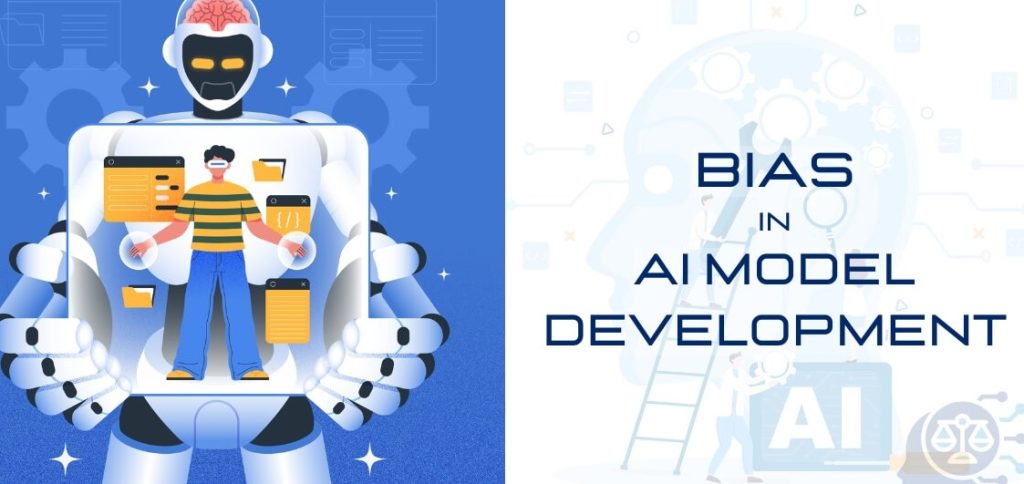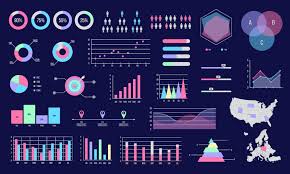
Artificial intelligence is revolutionizing industries worldwide—but beneath the promises of efficiency and innovation lies a crucial question: Are our AI models truly fair?
Bias in AI isn’t just a technical flaw—it’s an ethical, social, and business challenge. From hiring algorithms that unintentionally discriminate to facial recognition systems performing poorly on darker skin tones, we’ve seen numerous examples reminding us that AI reflects the world’s imperfections.
So… are we doing enough to fix it? Let’s dig deeper into what bias in AI means, why it’s hard to solve, and how businesses, developers, and regulators can work together for a fairer AI future.
What is Bias in AI Models?
Put simply, bias in AI means a model makes unfair or skewed decisions because of flaws in data, algorithms, or even societal factors.
- Data bias: When training data underrepresents certain groups or perspectives (e.g. fewer female voices in speech recognition datasets).
- Algorithmic bias: When algorithms amplify subtle patterns in data that reflect social inequalities.
- Societal bias: Broader cultural and systemic biases that shape the assumptions built into AI systems.
How does bias creep in? It often starts quietly. A data scientist selects a dataset without realizing it’s imbalanced. A machine learning pipeline “learns” patterns that correlate unfairly with gender, race, or other sensitive traits. These biases can ultimately shape how people are hired, granted loans, or monitored by security systems—raising huge concerns about algorithmic discrimination and data fairness.
High-Profile Cases of Bias in AI
Several notorious incidents have shown how harmful biased AI can be:
- Hiring tools have screened out female applicants for technical jobs because historical data favored men.
- Facial recognition software has been less accurate in identifying Black and Asian faces, leading to wrongful arrests or misidentifications.
- Credit scoring algorithms have shown disparities in lending decisions, sometimes linked to zip codes or other proxies for race and income.
These cases have shaped public perception, fueling demands for AI ethics and regulatory action. Lawsuits and investigations have become common, as governments and advocacy groups push back against unfair algorithms.
For deeper insights into ethical issues in AI, check out HERE AND NOW AI’s article on Ethical Considerations in Sentiment Analysis.
Why Bias in AI is So Hard to Solve
If bias is so damaging, why haven’t we solved it? Because it’s complicated.
- Complex data: Modern datasets are huge and messy. Biases can be deeply buried in subtle patterns.
- Trade-offs: Improving fairness sometimes slightly reduces overall accuracy, making business stakeholders hesitant.
- Lack of diversity: Many AI teams lack diverse voices who could spot issues early on.
- Shifting norms: What’s “fair” today may not be tomorrow. Fairness is a moving target shaped by evolving social values.
Are Current Approaches Enough?
Developers and researchers are trying to fight bias using:
- Fairness metrics: Mathematical formulas to measure how equally an AI model treats different groups.
- Bias detection tools: Software that scans datasets or models for potential biases.
- Explainability tools: Methods that help humans understand why an AI makes certain decisions.
But here’s the problem: these tools often come after a model has been built. Trying to “fix bias” late in the pipeline is like patching leaks in a sinking ship. True ethical AI development demands proactive thinking from the start.
Emerging Solutions to Reduce AI Bias
Thankfully, new strategies are gaining traction:
✅ Diverse data collection: Companies are investing in more inclusive datasets. For example, voice assistants trained on broader dialects and accents.
✅ Integrated bias testing: Bias checks are moving into the development pipeline, not just as an afterthought.
✅ AI regulations: Laws like the EU AI Act and proposed U.S. frameworks push companies to prove their AI is fair. Check out HERE AND NOW AI’s analysis of AI Regulation in 2025 for insights into how legal landscapes are evolving.
✅ Developer education: Workshops and training are helping AI teams recognize hidden bias risks.
✅ Community audits: Open-source communities and independent watchdogs are reviewing AI systems, adding a layer of public accountability.
For more resources on building responsible AI, explore HERE AND NOW AI’s AI blog.
The Role of Regulations and Standards
Global regulators are waking up to AI bias concerns.
- The EU AI Act will categorize AI systems based on risk, imposing strict rules for high-risk applications.
- In the U.S., the AI Bill of Rights lays out principles for fairness, transparency, and privacy.
- Industry groups are drafting technical standards to help measure and mitigate bias.
There’s still a debate, though: Will regulation slow innovation? Some argue that strict rules might stifle startups or new AI experiments. Others insist that trust—and legal compliance—are essential for AI to thrive sustainably.
What Can Businesses and Developers Do Right Now?
If you’re building or buying AI systems, here’s how you can start mitigating bias:
- Audit your data: Look for imbalances that could skew results.
- Use fairness checklists: Keep bias mitigation steps visible throughout projects.
- Collaborate across disciplines: Bring in legal, ethical, and domain experts—not just engineers.
- Make fairness a business priority: Biased systems can damage brand reputation and result in lawsuits.
Ultimately, the business case for fairness is clear: ethical AI earns user trust, protects you from legal risks, and unlocks broader market opportunities.
Future Outlook: Bias in AI Models
The fight against bias in AI is far from over. Over the next 3-5 years, we’ll see:
- More Generative AI systems raising new bias questions. These powerful tools can inadvertently spread stereotypes or misinformation.
- Rising demand for AI transparency from customers and regulators alike.
- New tools for real-time bias monitoring, built directly into AI workflows.
Above all, public trust in AI hinges on how well we address these challenges. As AI grows more embedded in daily life, fairness can’t remain an afterthought.
Conclusion
So, are we doing enough to tackle bias in AI models? Progress is happening—but there’s a long road ahead.
Businesses, developers, and policymakers all share the responsibility to ensure AI is ethical, fair, and trustworthy.
Curious how these issues connect with other AI topics? Check out HERE AND NOW AI’s article on The Role of AI in Language Translation Apps to see how fairness challenges also impact multilingual technology.
Let’s keep asking tough questions—and keep building AI systems that serve everyone equally.

